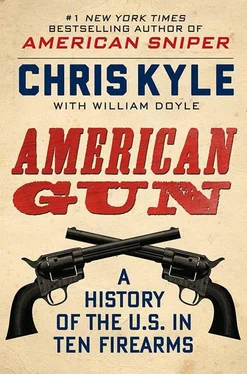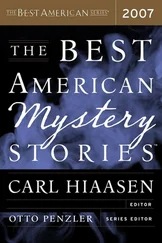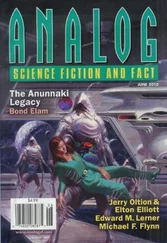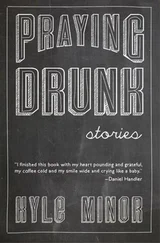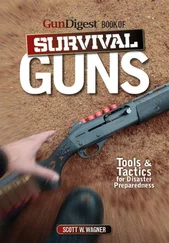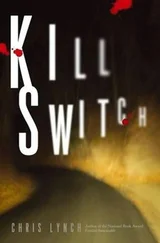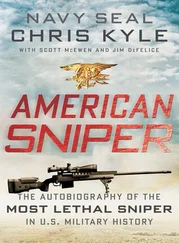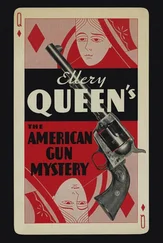Harrison Summers, who died in 1983, was nominated twice for the Medal of Honor; it was denied him both times. But there are numerous Medal of Honor citations involving Tommy guns. One of the most incredible involved another paratrooper, First Sergeant Leonard A. Funk Jr. of the 82nd Airborne’s 508th Parachute Infantry Regiment. During a blizzard in eastern Belgium on January 29, 1945, Sergeant Funk and his men humped fifteen miles through waist-deep snowdrifts before reaching their target—a village filled with Nazis near the German border. Despite artillery shelling and constant enemy fire, Funk’s squad rapidly cleared fifteen houses and took eighty enemy prisoners. Funk could only spare four of his troops to guard the POWs while he took the rest of the unit to secure the area.
While he was away, a Nazi patrol materialized. They freed their comrades and took the American guards captive. When Funk returned, he walked right into the Nazis’ trap. A German officer shoved his Luger into the sergeant’s stomach and ordered him to surrender.
Funk slipped his Thompson off his shoulder, moving very slowly. He was outnumbered something like a hundred to one, and clearly knew the jig was up.
Except he didn’t, and it wasn’t. In a flash, he swung the gun level and filled the building with that famous rat-a-tat-tat roar. As the Nazi officer dropped to the ground, Funk turned his Tommy gun on the remaining Germans, cutting down twenty-one of them and taking the rest prisoner—this time for good.
“1st Sgt. Funk’s bold action and heroic disregard for his own safety,” reads his Medal of Honor citation, “were directly responsible for the recapture of a vastly superior enemy force, which, if allowed to remain free, could have taken the widespread units of Company C by surprise and endangered the entire attack plan.” Funk survived the war and returned home to work for the Veterans Administration, where he served his fellow vets for more than two decades.
In 1942, the British edition of Yank magazine printed the story of a U.S. Army Air Corps sergeant who seemed to be a pro with the submachine guns that had just been issued to his unit. He took a Tommy gun apart piece by piece, then quickly snapped it back together, and blasted away a target. When a major asked him where he learned the skill, the sergeant shrugged.
“Well, sir, you see,” he said, “I once hadda take these things apart in the back of a car going seventy miles an hour.”
He’d been a bootlegger before going to work for Uncle Sam.
Born out of the horror of WWI’s trenches and made infamous by Prohibition-era gangsters, John Thompson’s submachine gun had finally fullfilled its promise during WWII. The gun remained in the U.S. military inventory for years after the war. Some were still being used for special missions during the 1960s.
A friend of mine named Donnie Durbin runs the best gun store in Texas, in my opinion. Donnie is a Marine—I won’t call him a retired Marine, because once you’re a Marine, there is no such thing as retiring from the Corps.
Donnie did a stretch of fighting in Vietnam. While he was there, he happened across a Thompson submachine gun that had been dropped by a VC somewhere along the way. (VC means Viet Cong, aka the enemy, for y’all under thirty.)
He carried it around for a few days, and liked it. Even though from a different era, it still had plenty of power, wasn’t really that hard to control, and best of all, it was just cool. A gangster gun.
But after a week or so, he decided to give it to someone else. The thing got to be heavy carrying through the jungle. It wasn’t just the gun; the bullets and their drum magazine added several pounds to his kit. And if you don’t think a couple of pounds make a difference to a warrior, you’ve never thrown on a loaded ruck and humped it ten miles.
At the same time, gun technology had given Donnie and his brother Marines rifles that could fire nearly as fast on full auto and were about two pounds lighter when empty. While those rifles had not yet been perfected, they clearly owned the future.
You might make an argument that the Tommy gun redeemed its reputation with all the good work it did in World War II. There’s a lot of stock in that—it was the instrument of freedom for a lot of people. Of course, history is a complicated subject. The good sits right next to the bad pretty much all the time. The same fella who was a bootlegger and might’ve used a Tommy gun against the police turned out to be a soldier who used it against death camps and extermination.
The Tommy gun defined the submachine gun category. But that definition has gotten narrower over the years. Today’s true submachine guns, such as the MP5 family, are now mostly specialty weapons. In one direction, they’ve been replaced by squad-level machine guns that have the power of some of the heavy weapons of World War I and II. On the other side, they’ve seen lightweight carbines take up much of their territory.
Then again, as cool as it was, the Thompson was never the top gun in the American inventory, not even in World War II. Pride of place there belonged to a weapon that both continued old traditions, and broke new ground: the M1 Garand.
8
THE M1 GARAND

“In my opinion the M1 rifle is the greatest battle implement ever devised.”
—General George S. Patton
In the early morning of August 18, 1942, Army Corporal Franklin “Zip” Koons was woken by a spray of water from the English Channel and the drone of airplanes in the distance. He jumped up.
One of the men with him put his hand out to steady him.
“Get ready, Yank,” said the man, a British commando. “The beach is ahead.”
Corporal Koons took a deep breath, then ran his hands over his rifle as he pulled himself to his feet in the boat. The weapon’s wood was sleek and almost oily with the spray of the sea. It was a new gun: an M1 semi-automatic that fired eight shots, before reloading. The commandos were jealous.
Or would be, if it successfully proved itself. No one had used one in combat before.
Koons checked to make sure it was loaded—probably the twentieth time since he’d set out—then fixed his eyes on the shadows ahead. Two British Spitfires buzzed to his left and began firing. They were aiming their guns at the beam of a nearby lighthouse, trying to distract the defenders’ attention as much as knock the light out.
It worked, in a way. Nazi anti-aircraft guns began to respond, shattering the peace of the tiny coastal village below Dieppe, France. The whole countryside was now awake, thank you very much.
I’m really in the war, Corporal Koons told himself. Damn.
Koons and forty-nine other American Army Rangers were about to become the first Americans to see combat in Europe. They’d been training with the British commandos for weeks, earning their respect bruise by bruise. But for all the live fire exercises, all the forced marches and the endless gun drills, none of the Rangers could say in his heart that he was completely ready for combat. That was something they’d have to experience firsthand to truly understand.
The shallow boat grounded hard against the rocks, and Koons jumped out behind his commando buddy, running like hell for the shadows under the cliffs ahead. His fate depended on three things—his resolve, the men he was with, and the untested rifle he held out of the water as he ran to shore.
He couldn’t have made a better choice when it came to men. The commandos were the rock stars of World War II, badass warfighters who could do everything from take over an enemy town to blow up a docked warship. The Rangers were no slouches either; every man on the mission had volunteered three times, and most of them were as ballsy as the toughest commando.
Читать дальше
